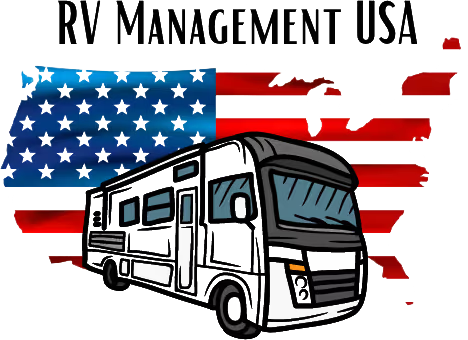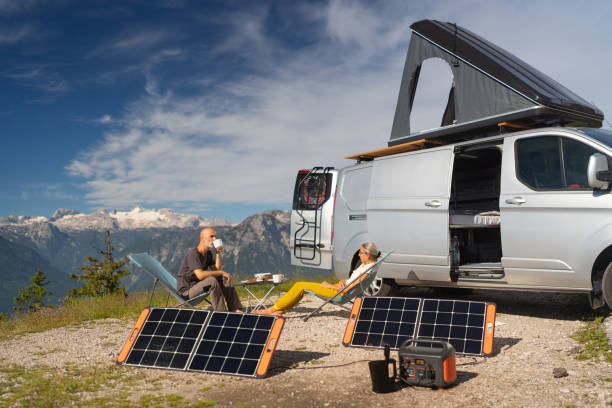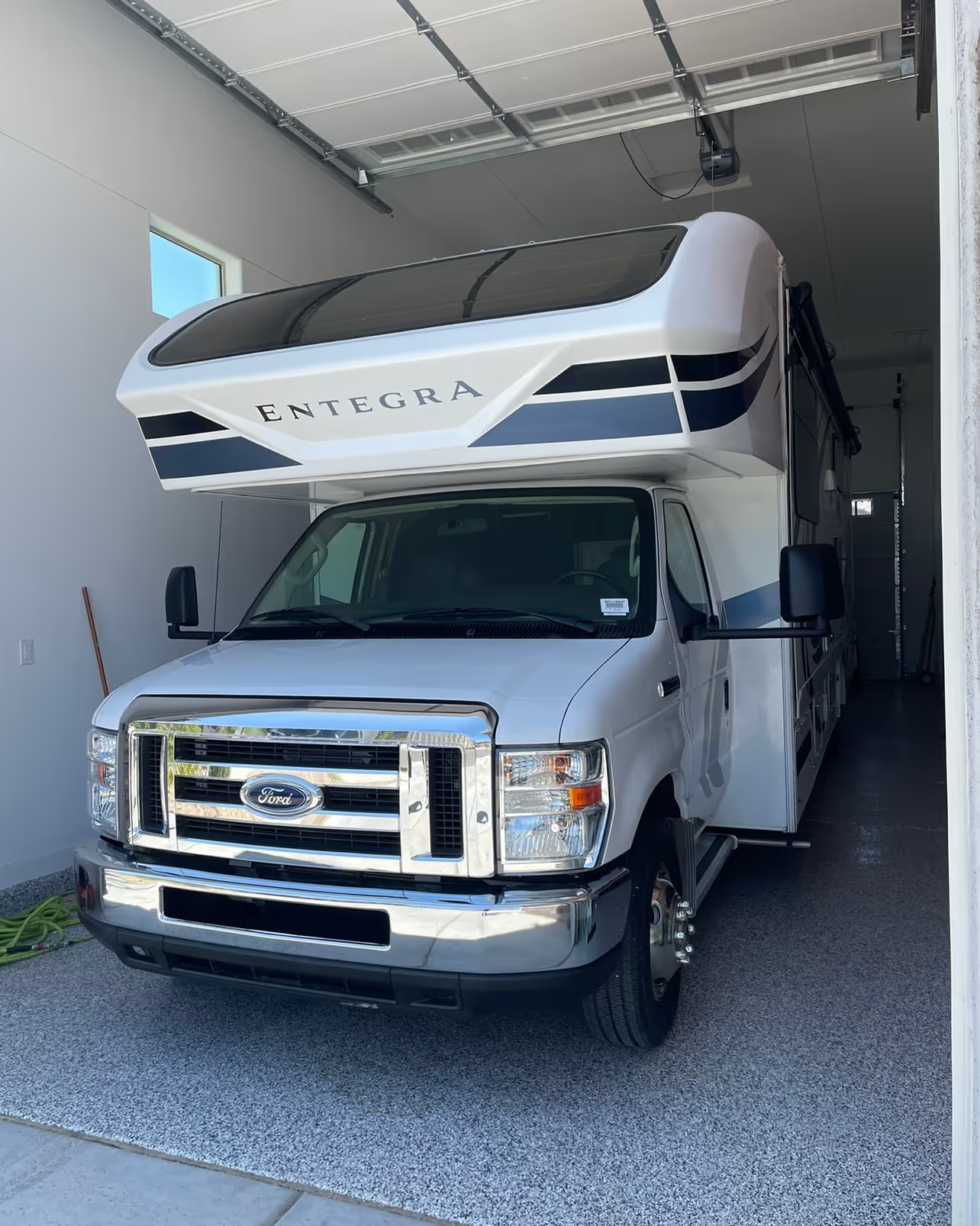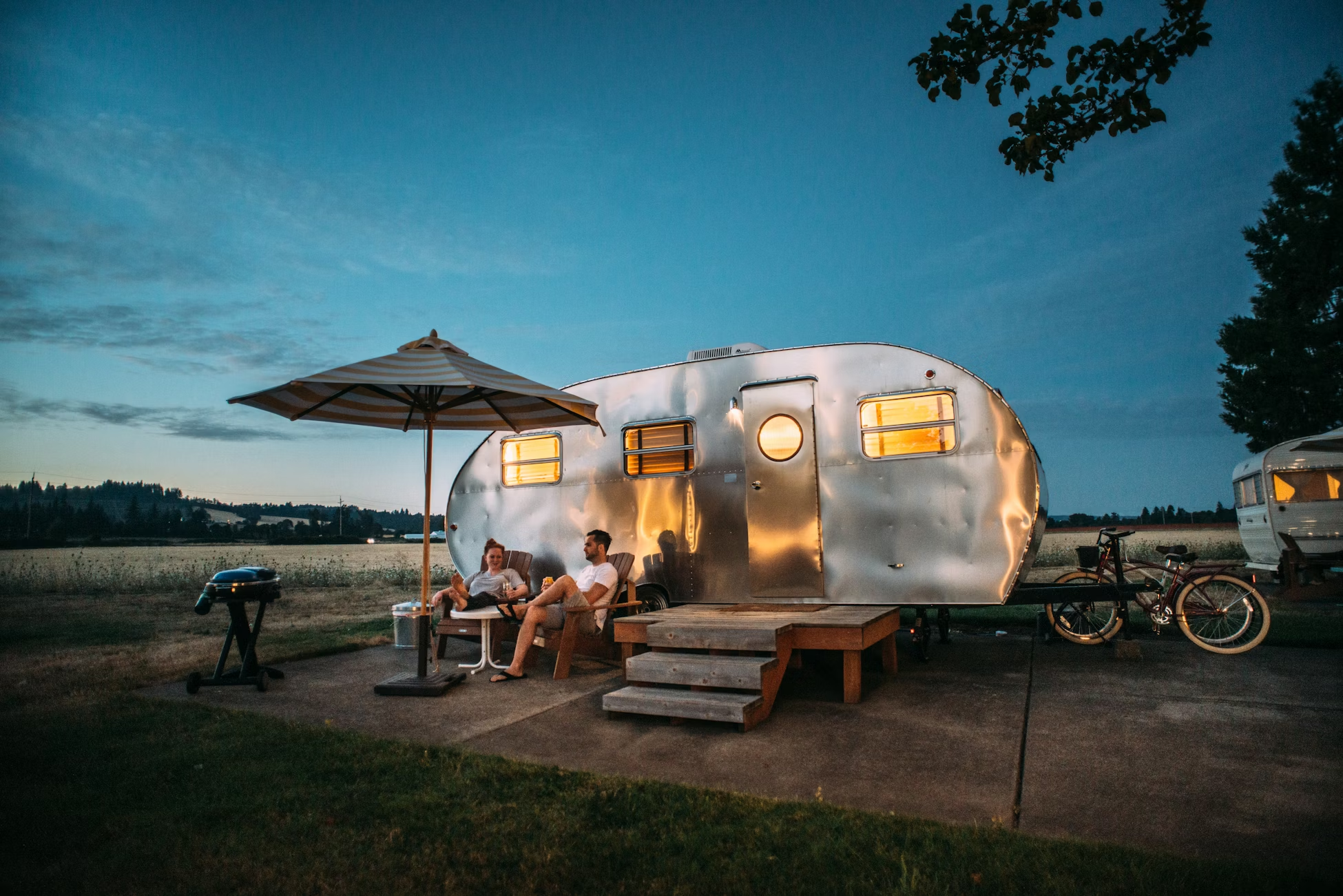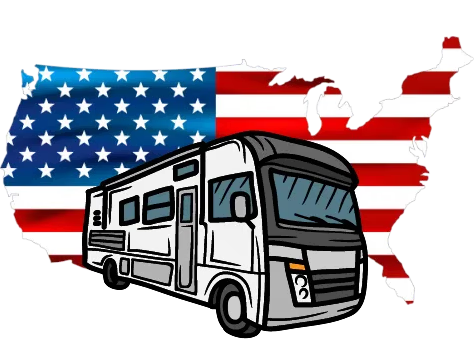RV rental management has evolved from spreadsheets and spare keys to a tech-powered industry with platforms, automation, and AI-driven optimization. As guest expectations rise and owners demand passive income with professional execution, the role of technology in this space has gone from optional to essential.
In this article, we’ll explore the key technologies reshaping RV rental management—from dynamic pricing tools and centralized booking systems to AI-powered guest messaging and predictive maintenance alerts. For both owners and operators, tech isn’t just a tool—it’s the foundation of scalable, stress-free growth.
Table of Contents
- The Old Way: Manual Management and Missed Potential
- The New Stack: Core Technologies in Modern RV Management
- Dynamic Pricing, Channel Management, and Occupancy Optimization
- How AI Is Changing Guest Communication
- Tech-Enabled Maintenance, Cleaning, and Operations
- Data Visibility for Owners: Dashboards and Reports
- The Future: Automation, AI, and Smarter Asset Management
- Final Thoughts: Why Tech-Enabled RV Management Is the Only Way Forward
1. The Old Way: Manual Management and Missed Potential

Before the rise of purpose-built software and connected systems, RV rental management was often cobbled together with:
- Google Sheets to track bookings
- Paper checklists for inspections
- Group texts for coordination
- Static pricing regardless of season
It worked—but only just. Owners would forget bookings, double-book, undercharge during peak weeks, or scramble to clean and prep a unit in time.
Guest expectations have since skyrocketed. What worked in 2015 doesn’t fly in 2025.
2. The New Stack: Core Technologies in Modern RV Management
Today, professional operators use a tech stack that rivals Airbnb hosts and hotel chains. Core components include:
- Fleet Management Platforms (like Wheelbase or OwnerRez): These systems act as the central command center. They allow TMs to manage bookings, communicate with guests, coordinate check-in/out logistics, and track unit availability. Think of it as the brain of the rental operation—everything flows through it.
- Channel Managers: Rather than logging into multiple platforms to adjust calendars, prices, or listings, channel managers synchronize all listings across sites like Outdoorsy, RVshare, RVezy, and even direct booking engines. This prevents double-booking and maximizes visibility. It’s especially important for operators managing more than 2–3 units.
- Digital Waivers and Contracts: Supplemental Rental Agreements (SRAs), inspection forms, and liability waivers can be sent and signed electronically, ensuring every trip starts with clear documentation. This reduces paperwork, improves recordkeeping, and adds a layer of legal protection for TMs.
- Third-party Integrations: These plug-ins help automate everything from payment collection and security deposits to insurance processing and pricing. For example, Stripe for payments, Roamly for insurance, or Zapier for connecting apps together. They allow TMs to scale their business with minimal added workload.
With these technologies in place, a single Territory Manager can realistically manage a 5–10 unit fleet while maintaining high quality and strong customer satisfaction.
Today, professional operators use a tech stack that rivals Airbnb hosts and hotel chains. Core components include:
- Fleet Management Platforms (like Wheelbase or OwnerRez): Centralized booking calendars, renter communications, document handling, and unit scheduling.
- Channel Managers: Sync listings across Outdoorsy, RVshare, RVezy, and other platforms.
- Digital Waivers and Contracts: Easy signing of SRAs, damage policies, and checklists.
- Third-party Integrations: Plug-and-play tools for payments, insurance, and pricing algorithms.
With these tools, a single Territory Manager can manage multiple RVs with minimal hands-on effort.
3. Dynamic Pricing, Channel Management, and Occupancy Optimization

One of the most powerful innovations has been dynamic pricing tools. Similar to what airlines and hotels use, they adjust nightly rates based on:
- Day of week
- Local events
- Seasonal demand
- Competitor pricing
With smart pricing software (like Beyond Pricing or PriceLabs), operators can boost revenue by 15–40% simply by reacting to real-time market data.
Meanwhile, channel management tools ensure:
- No double bookings
- Centralized calendars
- More bookings with less overhead
This is how a 5–10 unit fleet stays full and profitable without burning out the manager.
4. How AI Is Changing Guest Communication
Guest communication is one of the biggest time sinks in DIY RV management. But AI tools are changing that rapidly:
- AI chatbots answer pre-trip questions instantly
- Email automation handles welcome packets, prep instructions, and return reminders
- Smart reply tools draft responses to common inquiries, customizable by property
This doesn’t just save time—it improves the guest experience by delivering timely, consistent communication across all stages of the rental.
And AI is only getting better. In the next few years, expect:
- Instant quote generation
- Smart upsell offers (e.g., “Would you like to add a kayak or firewood bundle?”)
- Real-time translation for international guests
5. Tech-Enabled Maintenance, Cleaning, and Operations
Operational success is about consistency. Tech makes it possible to:
- Auto-dispatch cleaners after each booking via apps like Turno or Breezeway
- Attach visual checklists and before/after photos
- Track inventory like linens, propane tanks, or Wi-Fi devices
- Monitor battery and water levels remotely (with IoT upgrades)
Tech doesn’t replace the people who clean and fix RVs—but it makes their jobs faster, more reliable, and easier to coordinate.
6. Data Visibility for Owners: Dashboards and Reports
Owners today want more than monthly payouts—they want data transparency:
- What’s occupancy like this season vs. last?
- Which units are outperforming?
- What’s the average stay length and review score?
Modern platforms give owners real-time dashboards with:
- Revenue tracking
- Maintenance logs
- ROI performance per unit
- Platform performance comparisons (Outdoorsy vs. RVshare, etc.)
This visibility builds trust—and helps owners make better decisions about upgrading, expanding, or selling.
7. The Future: Automation, AI, and Smarter Asset Management

As technology advances, expect rental management to become:
- More autonomous: Bookings, comms, and check-ins handled entirely through software
- More predictive: AI forecasting based on past occupancy, local demand, and guest behavior
- More integrated: EVs with built-in diagnostics feeding into fleet dashboards
We’re entering an era where even small operators can manage at enterprise scale—because the tools are doing the heavy lifting.
8. Final Thoughts: Why Tech-Enabled RV Management Is the Only Way Forward
The gap between tech-enabled managers and DIY operators is growing. Guests now expect:
- Instant answers
- Seamless digital processes
- Clean, reliable, high-performing units
And owners want:
- More income
- Less hassle
- Professional execution without full-time involvement
Tech delivers both.
At RV Management USA (RVM), we build systems around the best tech stack available—helping TMs and owners scale with confidence, efficiency, and maximum ROI.
If you want to compete in tomorrow’s RV rental market, you need more than keys and a clipboard.
You need a dashboard, an operating system—and the right team behind it.
– RVM Team
